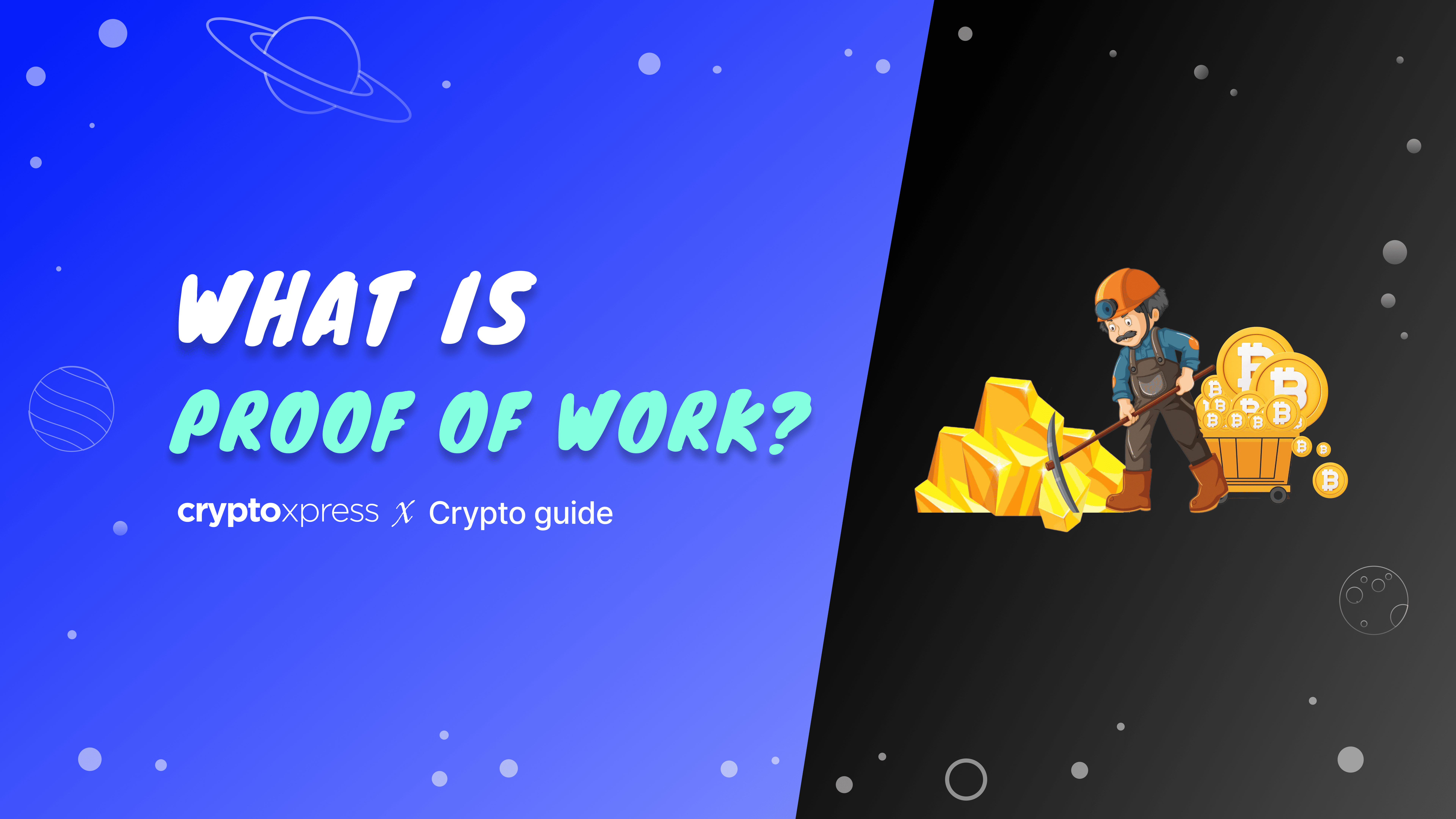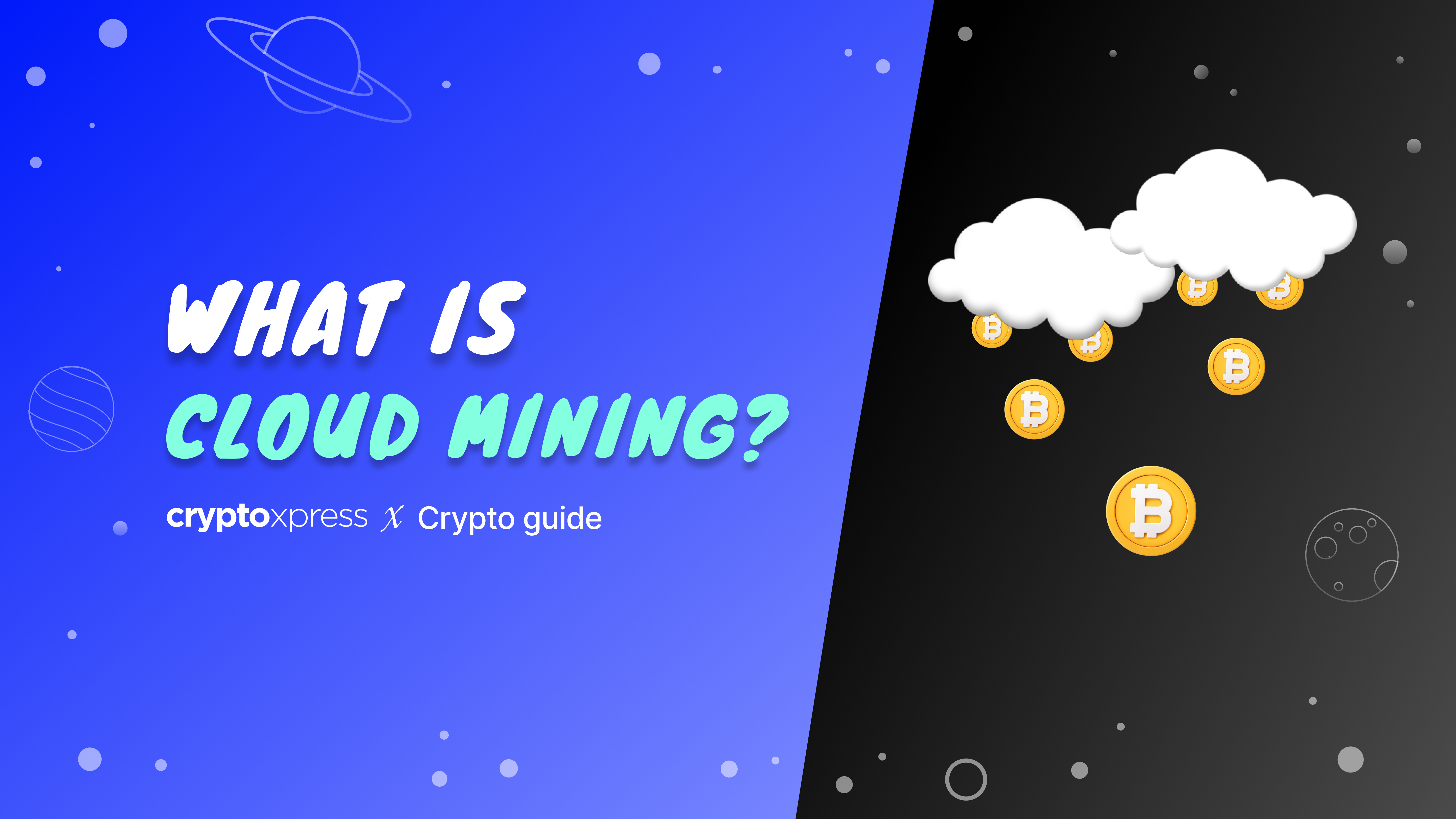|
Getting your Trinity Audio player ready...
|
In the world of cryptocurrencies and blockchain technology, the term “Proof of Work” (PoW) often surfaces in discussions about consensus mechanisms and security. PoW is the underlying concept behind many popular cryptocurrencies like Bitcoin, and it plays a pivotal role in maintaining the integrity and security of blockchain networks. In this blog post, we will delve into what Proof of Work is and how it functions to secure blockchain networks.
What is Proof of Work?
Proof of Work is a consensus mechanism used in blockchain networks to validate and confirm transactions while preventing malicious actors from tampering with the blockchain’s history. At its core, PoW requires participants, known as miners, to solve complex mathematical puzzles or algorithms to add a new block of transactions to the blockchain. The first miner to solve the puzzle gets the privilege of adding the block and is rewarded with cryptocurrency tokens for their efforts.
How Does Proof of Work Work?
Transaction Validation:
User Transactions: The process starts with users initiating transactions on the blockchain network. These transactions include details like the sender’s address, the recipient’s address, the amount of cryptocurrency being transferred, and other necessary data.
Transaction Pool: Initially, these transactions are not added directly to the blockchain. Instead, they are gathered in a “transaction pool” where they wait to be selected and grouped into a new block. The selection process may vary depending on the specific blockchain protocol.
Mining Competition:
Block Formation: Miners compete to create a new block of transactions. This block contains a specific number of transactions, depending on the blockchain’s rules and the current network load. The miners’ task is to create a valid block that adheres to the blockchain’s protocol.
The Proof of Work Puzzle: To make it challenging to create a new block, miners must solve a mathematical puzzle, often referred to as the “Proof of Work puzzle.” This puzzle involves finding a specific value called a “nonce” that, when combined with the block’s data, results in a hash value that meets specific criteria, usually a target value or difficulty level.
Hashing and Difficulty:
Computational Power: Miners use specialized hardware like Application-Specific Integrated Circuits (ASICs) or Graphics Processing Units (GPUs) to perform a massive number of hash calculations per second. These calculations involve repeatedly hashing the block’s data with different nonce values until the desired result is achieved.
Difficulty Level: The blockchain network adjusts the difficulty level of the Proof of Work puzzle periodically to maintain a consistent rate of block creation. If the network becomes more powerful, the difficulty level increases, making it harder to find a valid nonce. Conversely, if the network’s computational power decreases, the difficulty level decreases to maintain a consistent block creation time.
Proof of Work:
Validating Solutions: Miners continue to search for a valid nonce that satisfies the predefined difficulty criteria. When a miner discovers such a nonce, they consider it a successful solution to the Proof of Work puzzle.
Broadcasting the Solution: The miner broadcasts their solution to the rest of the network, indicating that they have successfully solved the puzzle for the new block of transactions.
Block Addition:
Verification: Other nodes on the network quickly verify the validity of the miner’s solution by performing the same hash calculation with the proposed nonce. If the solution is valid, the block is accepted; otherwise, it is rejected.
Reward and Block Addition: The first miner to solve the puzzle and broadcast a valid solution is rewarded with cryptocurrency tokens, typically in the form of newly created coins (block rewards) and transaction fees from the transactions included in the block. Once verified by the network, the new block is added to the blockchain.
Cryptographic Linkage: The new block is cryptographically linked to the previous block using a unique identifier called a “hash pointer.” This linkage creates a secure chain of blocks, forming the “blockchain.”
Continuation: The entire network then continues the process with a new set of pending transactions and a new Proof of Work puzzle to solve, ensuring a continuous and secure transaction history.
Benefits of Proof of Work
Security:
PoW is renowned for its robust security. The security of PoW stems from the fact that altering the blockchain’s history or executing a successful attack on the network would require an exorbitant amount of computational power. Here’s why it’s secure:
51% Attack Resistance:
To manipulate the blockchain, an attacker would need to control more than 50% of the network’s total computational power. This is known as a “51% attack.” Achieving such a majority is extremely challenging and expensive, as it would entail surpassing the combined computational resources of all honest miners on the network.
Economically Infeasible:
The cost of acquiring the necessary computational power to execute a 51% attack is prohibitively high. This discourages malicious actors from attempting such an attack, as the potential rewards would not outweigh the enormous expenses involved.
Immutability:
Once a block is added to the blockchain, it becomes extremely difficult to alter it. The subsequent blocks in the chain are also linked to it, creating a chain of immutable records.
Decentralization:
PoW promotes decentralization by encouraging a distributed network of miners. Here’s how it achieves this:
Open Participation:
Anyone with the requisite hardware and willingness to expend energy can participate in mining, contributing to a broad and diverse network of miners.
Incentive for Small Miners:
PoW systems are designed to reward miners in proportion to their computational power. This incentivizes both large mining operations and individual miners to participate, reducing the risk of a single entity gaining too much control over the network.
Geographic Distribution:
Miners are geographically dispersed, further enhancing decentralization. This geographic diversity makes the network resilient to local disruptions and government intervention.
Decentralized Governance:
In PoW systems, decisions about protocol changes and network upgrades are often made through a decentralized governance process, where stakeholders can voice their opinions and reach consensus through mechanisms like BIPs (Bitcoin Improvement Proposals) in the case of Bitcoin.
Fairness:
PoW is often considered a relatively fair system for earning cryptocurrency rewards due to the following factors:
Merit-Based Rewards:
Miners earn rewards based on their contributions of computational power and energy, rather than factors like stake or ownership. This merit-based approach ensures that those who invest in mining equipment and energy resources are rewarded in proportion to their efforts.
Competition:
The competitive nature of PoW ensures that miners continually strive to improve their efficiency and competitiveness. This competition can lead to innovation in mining hardware and techniques, benefiting the overall network.
Accessibility:
Unlike some alternative consensus mechanisms that require participants to hold a certain amount of cryptocurrency as collateral (Proof of Stake), PoW allows anyone with the necessary hardware to participate, promoting inclusivity.
While PoW offers these significant benefits, it’s essential to acknowledge its drawbacks, such as energy consumption and centralization concerns, which have led to the exploration of alternative consensus mechanisms like Proof of Stake (PoS) and hybrid approaches. Each consensus mechanism comes with its own trade-offs, and the choice of which to use depends on the specific goals and requirements of a blockchain project.
Challenges and Concerns:
Energy Consumption:
Proof of Work is notorious for its high energy consumption. The process of mining involves miners using powerful computational hardware to solve complex mathematical puzzles. These puzzles require miners to perform an enormous number of hash calculations per second, which demands a substantial amount of electricity.
Environmental Impact: The energy-intensive nature of PoW has raised concerns about its environmental impact. Large-scale mining operations often rely on fossil fuels, contributing to carbon emissions. The carbon footprint of Bitcoin, for example, has drawn criticism from environmental activists and policymakers.
Search for Sustainable Alternatives: In response to these concerns, there has been a growing interest in finding more sustainable consensus mechanisms. Some blockchain projects are exploring ways to reduce energy consumption, such as through renewable energy sources or transitioning to more energy-efficient consensus algorithms like Proof of Stake (PoS).
Centralization:
Over time, PoW has faced challenges related to centralization, primarily due to the concentration of mining power in the hands of a few dominant mining pools and large mining operations. Here’s how centralization can be problematic:
Mining Pool Dominance: Mining pools are groups of miners who combine their computational power to increase their chances of solving PoW puzzles and receiving rewards. Some mining pools have become so dominant that they control a significant portion of the network’s total hashing power. This concentration of power can potentially undermine the decentralization that PoW aims to achieve.
Barrier to Entry: As mining becomes more competitive and resource-intensive, it becomes increasingly difficult for individual miners or smaller operations to participate. This barrier to entry can lead to further centralization as only well-funded entities can afford the necessary hardware and energy costs.
Potential for Collusion: When a small number of entities control a significant portion of the network’s mining power, there is a risk of collusion or malicious behavior. These entities could potentially manipulate transactions, double-spend coins, or disrupt the network’s operation.
Mitigating Centralization: Some blockchain projects have taken steps to address centralization concerns within the PoW framework. For instance, they may periodically adjust mining difficulty to encourage smaller miners, or they may explore ways to incentivize decentralization.
Conclusion
Proof of Work is a fundamental concept in the world of blockchain technology, playing a crucial role in securing decentralized networks and enabling the creation of cryptocurrencies like Bitcoin. While it has its advantages, such as security and decentralization, it also faces challenges, including energy consumption and centralization concerns. As the blockchain space continues to evolve, different consensus mechanisms like Proof of Stake (PoS) are emerging as alternatives to PoW, each with its own set of strengths and weaknesses. Understanding PoW is essential for anyone interested in the world of cryptocurrencies and blockchain technology, as it forms the foundation upon which many blockchain networks operate.
TL;DR:
In the world of cryptocurrencies and blockchain, “Proof of Work” (PoW) is a crucial concept. It’s a consensus mechanism used to secure blockchain networks, and it’s the foundation of cryptocurrencies like Bitcoin. Here’s a quick summary:
- PoW validates transactions and prevents tampering with the blockchain.
- Miners compete to solve complex math puzzles to add new transaction blocks.
- The puzzles require significant computational power and involve finding a specific value (nonce).
- PoW ensures security through 51% attack resistance and immutability.
- It promotes decentralization, open participation, and fair rewards for miners.
- Challenges include high energy consumption and centralization concerns.
- PoW’s significance continues, but it faces sustainability questions and competition from other consensus mechanisms like Proof of Stake (PoS).






